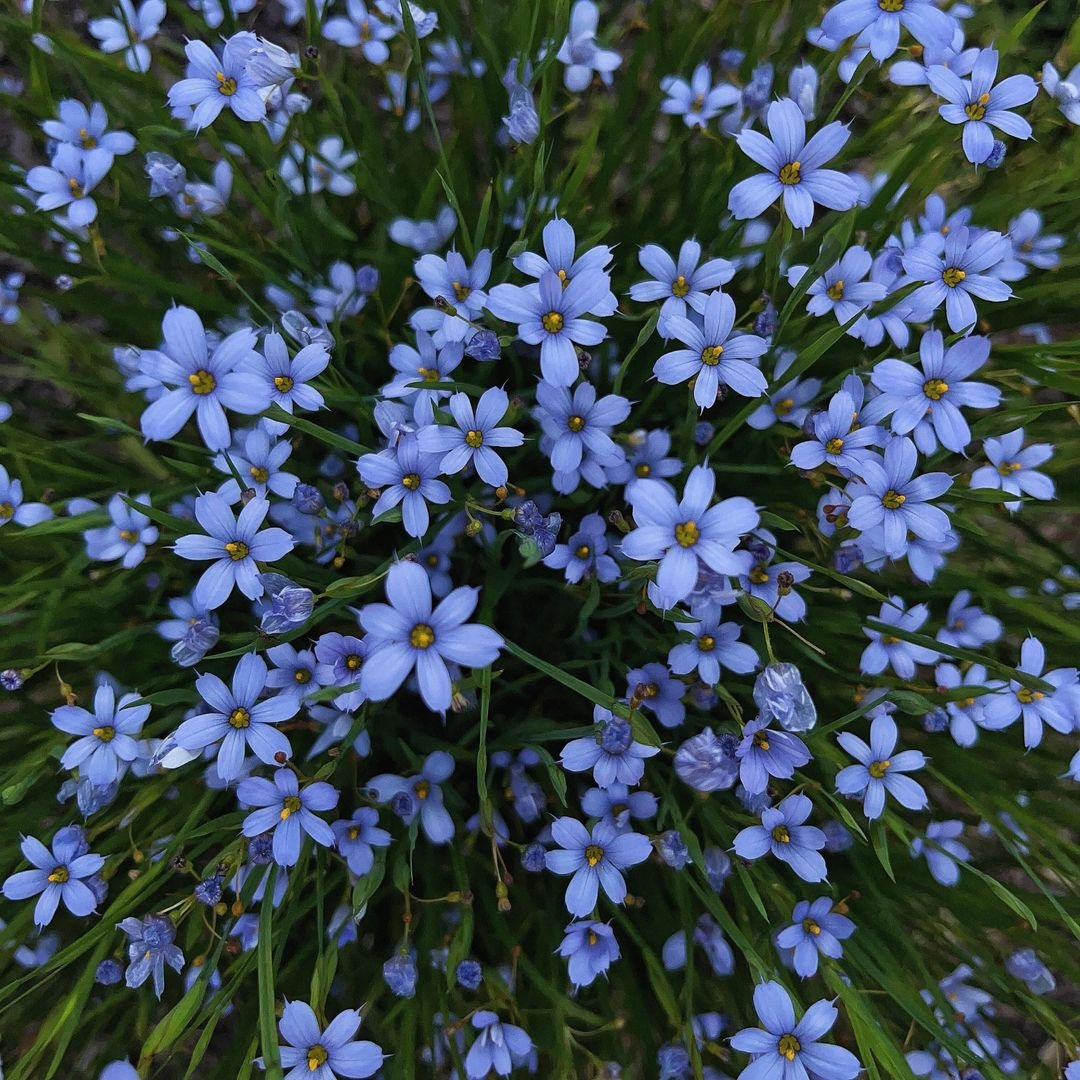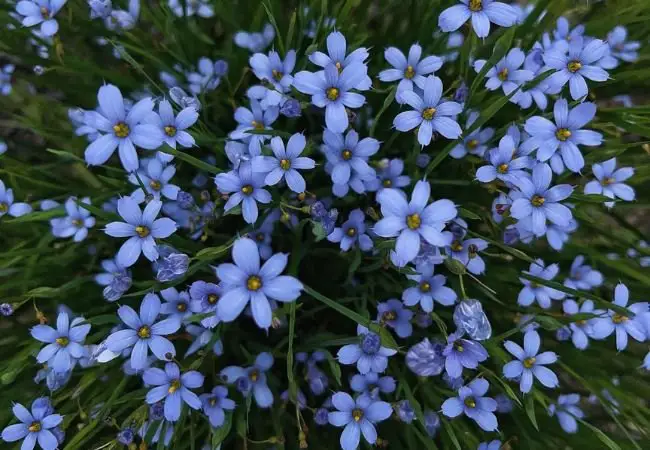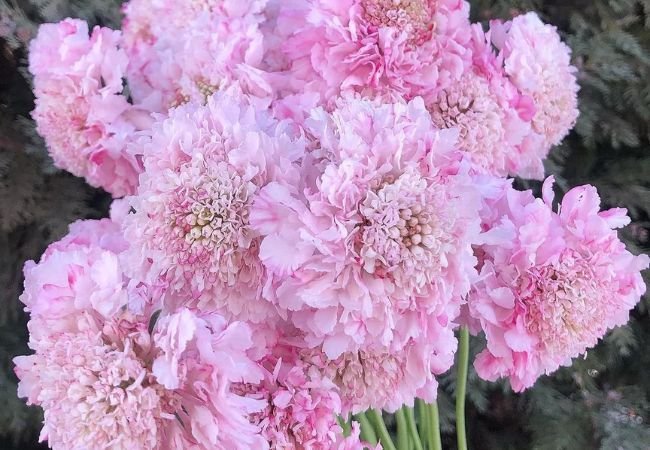Discover the beauty of Blue-Eyed Grass and learn how to grow this delightful native perennial. Our comprehensive guide covers care tips, landscaping ideas and ecological benefits.
Hey there, plant lovers! Let’s chat about blue-eyed grass – it’s this super cute little wildflower that’s gonna make your garden pop. Don’t let the name fool you though, ’cause it’s not actually a grass at all. Nope, this little beauty is part of the iris family!
Here’s the information about Blue-Eyed Grass (Sisyrinchium angustifolium):
| Aspect | Details |
|---|---|
| Botanical Name | Sisyrinchium angustifolium |
| Common Name | Blue-Eyed Grass |
| Plant Type | Perennial |
| Hardiness Zone | Zones 4-9 |
| Sun Exposure | Full sun to partial shade |
| Soil Type | Well-drained, moist soil |
| Watering Needs | Moderate; prefers consistent moisture |
| Growth Habit | Clumping |
| Height/Spread | 6-24 inches tall, 6-12 inches wide |
| Special Features | Small, star-shaped blue flowers with yellow centers, grass-like foliage, attracts pollinators |
So, what’s the deal with blue-eyed grass?

Picture this: tiny star-shaped flowers in shades of blue, purple, or white, sitting on top of slender, grass-like leaves. It’s like nature decided to sprinkle some fairy dust in your garden. Most types grow about 6 to 12 inches tall, perfect for tucking into all sorts of spots.
Where does it come from?
Blue-eyed grass is an all-American plant, native to both North and South America. There are tons of different species out there – like, 200 or so! The one you’ll see most often is Sisyrinchium angustifolium, which hails from the eastern and central parts of North America.
Growing this little charmer
Good news, folks! Blue-eyed grass is pretty chill when it comes to growing. Here’s the lowdown:
Soil: It’s not too picky, but well-draining soil is best. Sandy, loamy, even a bit of clay – it’s all good as long as it doesn’t get waterlogged.
Sun: These guys love the sun but can handle a bit of shade too. If you’re in a super hot spot, some afternoon shade might be nice.
Water: Keep ’em moist when they’re babies, but once they’re settled in, they can handle a bit of drought. Just don’t let ’em completely dry out.
Feeding: Easy does it on the fertilizer. A little bit in spring is plenty. Too much, and you’ll end up with a leafy mess and fewer flowers.
Spreading the love
Want more blue-eyed grass? No problem! You can either divide the clumps every few years or let them go to seed. If you’re patient, those seeds will give you baby plants in no time.
Keeping it looking good
Blue-eyed grass is pretty low-maintenance, but here are a few tips to keep it looking its best:
- Snip off the dead flowers to keep new ones coming.
- Give it a haircut in late fall or early spring to tidy things up.
- Keep an eye out for slugs and snails – they think blue-eyed grass is a tasty snack.
Where to put it in your garden
This little plant is super versatile. Tuck it into rock gardens, use it as a border along paths, plant it in meadowy drifts, or even pop it in a pot on your patio. It plays well with other native wildflowers too, so get creative!
Why you’ll love it
Besides being cute as a button, blue-eyed grass is great for the environment. Bees and butterflies love it, it helps prevent soil erosion, and it’s a low-maintenance native plant. Plus, deer usually turn their noses up at it, so it’s perfect if you’ve got Bambi and friends visiting your garden regularly.
So there you have it, folks! Blue-eyed grass is a little plant that packs a big punch. Give it a try in your garden, and I bet you’ll fall in love with its charming flowers and easy-going nature. Happy gardening!
For more gardening tips and plant care guides, visit usagardenhub.com.






One comment on “Blue Eyed Grass : The Charming Wildflower for Your Garden”